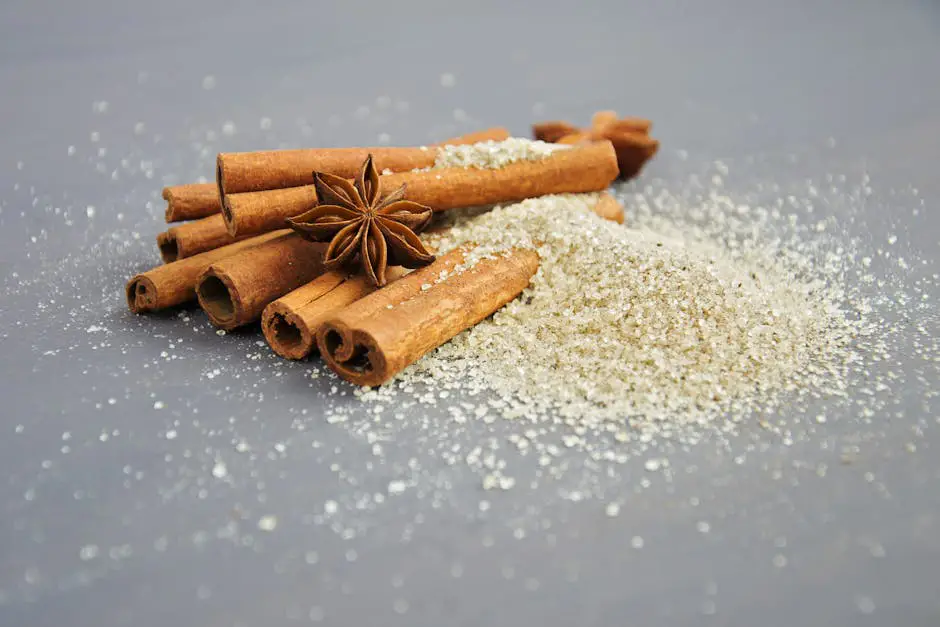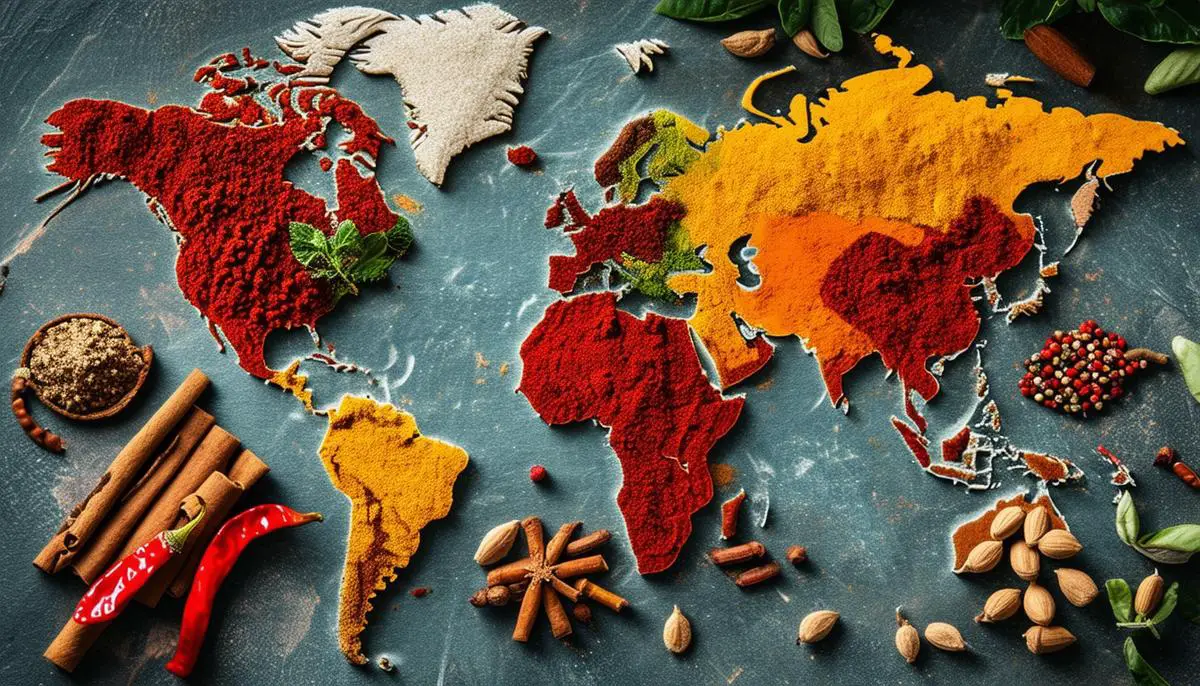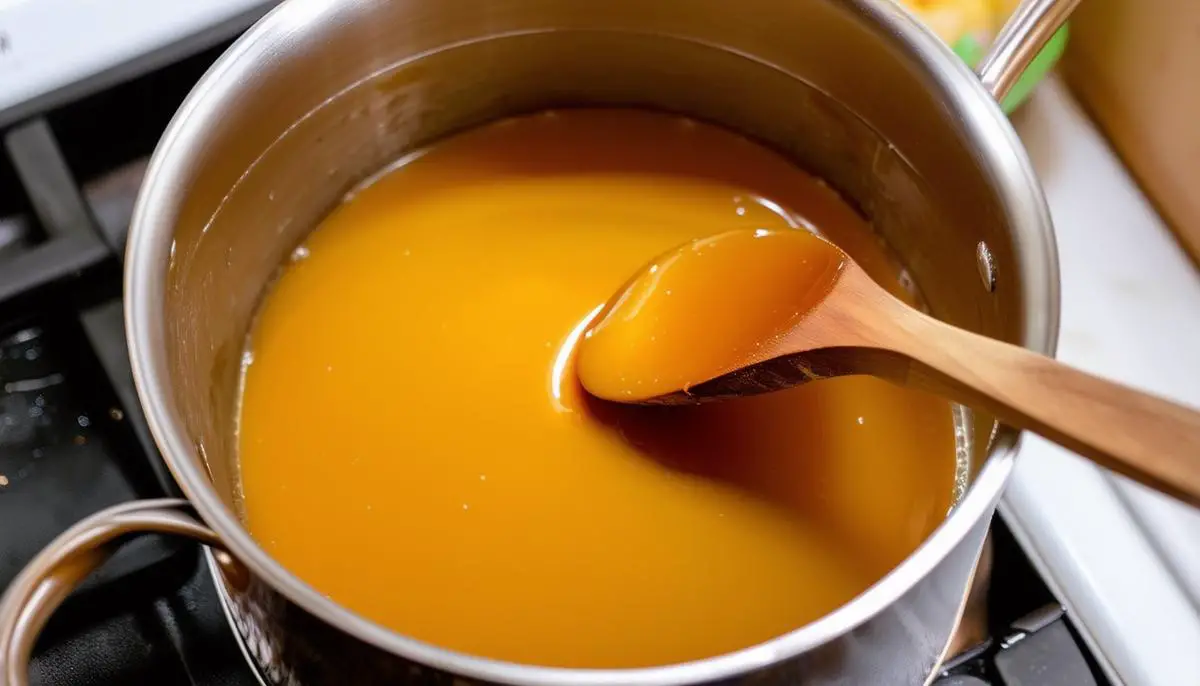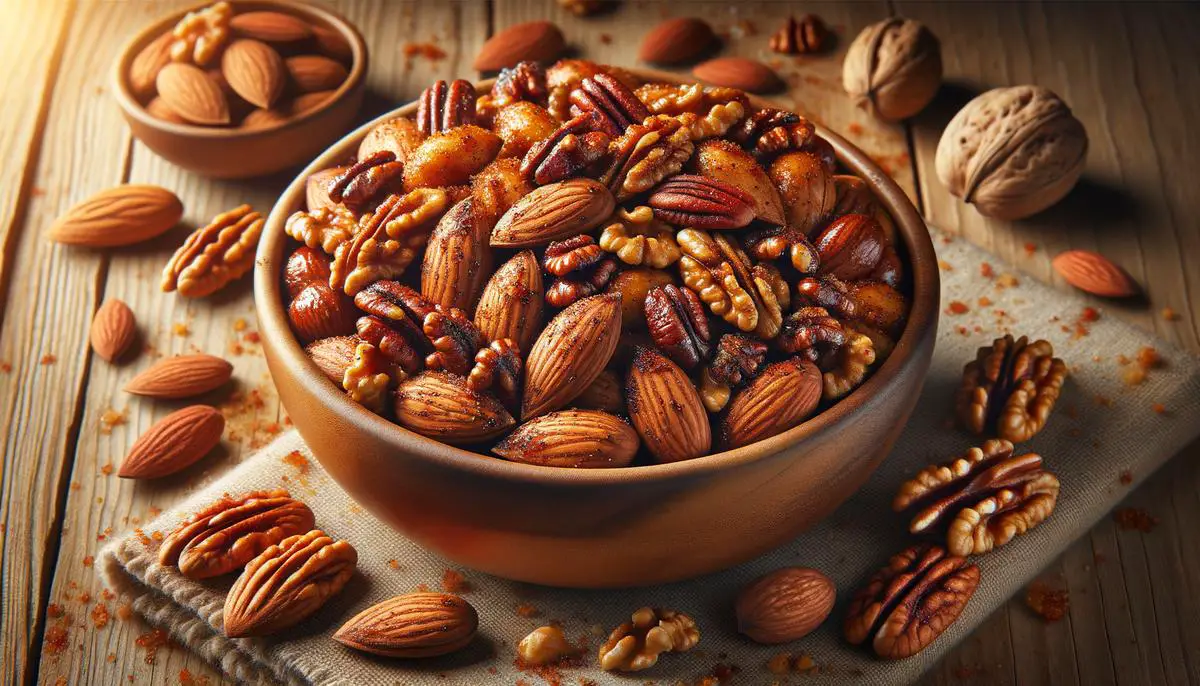
Essence of Spice & Sugar
The marriage of spice and sugar can be traced back centuries and spans multiple continents. In ancient trade routes, spices like cinnamon, cardamom, and nutmeg were as coveted as gold, often used as currency. Sugar, although less exotic, was a rare luxury in Europe until the colonial era. The blend of these ingredients initially symbolized wealth and status but gradually became a staple in kitchens around the world, democratizing flavors once accessible only to the affluent.
In the realm of cooking, achieving the right balance between spice and sugar is crucial. Too much sugar can smother the fiery notes of a spice, while an excess of spice can overpower subtle sweetness. Indian cuisine exemplifies this balance masterfully in dishes like chai, where bold masala spices are mellowed with creamy, sweetened milk. Meanwhile, in Mexican chocolate, chili peppers unite with cocoa and sugar to deliver a sophisticated, multi-layered experience.
Globally celebrated dishes rely on this dynamic duo to enchant and comfort. American barbecue sauces often blend molasses with smoked paprika, creating a sticky sweet heat that's unmistakably hearty. Over in Europe, traditional gingerbread integrates honey with ginger, clove, and cinnamon for a treat that feels both comforting and luxurious—elevating a simple cookie to something nearly festive.
The significance of spice and sugar extends beyond their sensory delight; these ingredients are a bridge linking past to present, carrying deep cultural significances engrained within culinary traditions. They highlight humanity's enduring quest for flavor and the ongoing evolution of our palates. Chefs and food enthusiasts continue to explore these combinations, ensuring each dish is not merely eaten but experienced.

Choosing the Right Ingredients
Selecting high-quality spices and sugars is crucial in culinary arts, as these ingredients profoundly affect both the flavor profile and success of a dish. The variety and quality of spices available today mean that awareness and attention to detail in choice are more important than ever. In choosing the best spices, freshness is key. Fresh spices offer a powerful aroma and taste, unlike their older counterparts, which tend to lose potency over time. Opt for whole spices when possible—these retain their flavor longer than ground varieties and can be freshly ground as needed.
When evaluating sugars, the array of options is broad. Each type of sugar imparts a different sweetness intensity, flavor subtlety, and reaction to cooking processes. For example, refined white sugar is known for its neutral profile, making it a versatile choice for general cooking and baking. In contrast, unrefined sugars like turbinado or demerara provide a milder sweetness with a hint of molasses flavor, perfect for adding depth to baked goods or desserts.
While wide-ranging spices such as turmeric, saffron, and black pepper are utilized globally in countless recipes, the origin of these spices contributes significantly to their quality. Saffron from Iran, for example, is lauded for its rich color and intense flavor, superior to that grown in other regions.1 Similarly, black pepper should be heavy, wiry, and aromatic—a peppercorn that meets these criteria is likely to have been harvested at optimal maturity.
Spending time and resources to procure high-quality spices and sugars can elevate even the simplest dish to a professional grade. Guided by an understanding of spice origins, freshness, and how flavor profiles marry, chefs can substantially enhance their culinary creations, ensuring a delightful and harmonious final product.
Preparation Techniques
Toasting spices before using them in a recipe is a simple yet transformative technique that unlocks richer, deeper flavors. This process involves lightly heating whole spices in a dry pan until they become fragrant. The heat activates and intensifies the essential oils within the spices, benefiting dishes by imbuing them with a fuller spice profile before these ingredients are ground and combined with other components.
Grinding your own spices after toasting can also make a noticeable difference in flavor. Using a mortar and pestle or a dedicated spice grinder, the freshly toasted spices should be ground to the desired consistency. Ground spices lose their potency quickly, so grinding them just before they are needed in a recipe ensures they convey their fullest flavor potential, a critical factor for dishes where spice plays a starring role.
When incorporating sugar into dishes, especially those involving spice, the technique of caramelization is pivotal. Caramelizing sugar involves heating it until it melts and changes to a golden to deep amber color, depending on the desired degree of caramelization. This alters the sugar's consistency, making it a fluid, glossy syrup that combines well with other ingredients and also develops complex flavors that have both sweet and bitter notes, providing a graceful balance to the spices.
Strategic use of these techniques can enhance the natural flavor of both spices and sugars, bringing out best-in-class profiles that complement and elevate the final dish. For example, in preparing caramelized onion chutney, toasting and then grinding coriander seed adds freshness to complement the natural sweetness developed as the onions slow cook and caramelize. The cooperation of these methods ensures that each ingredient contributes its maximum flavor.
Mastery of these techniques allows chefs and cooks at every level to manipulate the flavors and textures of spices and sugars more precisely, resulting in more refined and consciously crafted dishes. Whether you're aiming to perfect a sweet-spicy glaze for meats or looking to enhance a dessert, an understanding and effective use of techniques like toasting and caramelizing are fundamental in achieving culinary successes.

Recipe 1: Spiced Sugar Syrup
Ingredients:
- 1 cup granulated sugar
- 1 cup water
- 3 cinnamon sticks
- 5 cloves
- 2 star anise
Instructions:
- Combine sugar and water in a medium saucepan. Heat gently, stirring to dissolve the sugar completely.
- Once the sugar is dissolved, add cinnamon sticks, cloves, and star anise to the saucepan. Increase the heat to medium and bring the mixture to a simmer.
- Lower the heat slightly to maintain a gentle simmer. Allow the mixture to gently bubble for about 20 minutes. The spices will infuse their flavors into the syrup during this time.
- After 20 minutes, remove the saucepan from the heat. Let it cool slightly, then carefully strain the syrup into a clean jar or bottle, removing all the whole spices.
- Store the spiced sugar syrup in the refrigerator. It can be used to sweeten teas, coffees, cocktails, or as a glaze for desserts and pastries, offering a lush spice profile.
Nutritional information per 1 tablespoon serving (approximate values):
- Calories: 50 kcal
- Carbohydrates: 13 g
- Protein: 0 g
- Fat: 0 g
- Sodium: 0 mg
- Sugar: 13 g
Recipe 2: Sweet & Spicy Roasted Nuts
Ingredients:
- 2 cups mixed nuts (such as almonds, walnuts, and pecans)
- 1/4 cup granulated sugar
- 1 teaspoon salt
- 1/2 teaspoon ground cinnamon
- 1/4 teaspoon cayenne pepper
- 1/4 teaspoon ground nutmeg
- 1/8 teaspoon ground cloves
- 2 tablespoons unsalted butter, melted
Instructions:
- Preheat your oven to 350 degrees Fahrenheit (175 degrees Celsius). Line a baking sheet with parchment paper or a silicone baking mat.
- In a large bowl, combine the sugar, salt, cinnamon, cayenne pepper, nutmeg, and cloves. Stir to mix evenly.
- Pour the melted butter over the mixed nuts. Toss until the nuts are evenly coated.
- Sprinkle the spice and sugar mixture over the buttered nuts. Stir until the nuts are evenly coated with the spice mixture.
- Spread the nuts in a single layer on the prepared baking sheet.
- Bake in the preheated oven for 10 to 15 minutes or until the nuts are golden brown and fragrant. Stir the nuts halfway through to ensure even roasting and to prevent them from burning.
- Remove the nuts from the oven and let them cool completely on the baking sheet. The sugar will harden as they cool, creating a crispy coating.
For variations:
- For a smokier flavor, replace the cayenne pepper with smoked paprika.
- For an herby twist, add a teaspoon of dried rosemary or thyme to the spice mix.
- If you prefer sweeter nuts, increase the sugar to 1/3 cup and add a splash of vanilla extract to the melted butter before coating the nuts.
Enjoy these sweet and spicy roasted nuts as a delightful snack, or use them to enhance the flavor and texture of salads or desserts.
Nutritional information per 1/4 cup serving (approximate values):
- Calories: 220 kcal
- Carbohydrates: 12 g
- Protein: 5 g
- Fat: 19 g
- Saturated Fat: 3 g
- Sodium: 300 mg
- Sugar: 8 g
- Fiber: 3 g

- Melnyk JP, Marcone MF. Aphrodisiacs from plant and animal sources—A review of current scientific literature. Food Research International. 2011;44(4):840-850.



